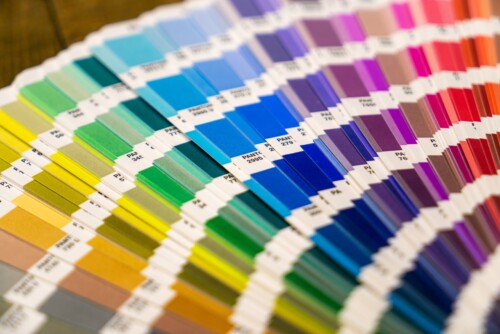
In today’s digital era, a website serves as the online face of a brand. Creating a visually appealing, highly functional website is crucial for any business, and this invariably involves the use of high-quality images.
However, while images add visual appeal to a website, they can also slow down your site if not optimized correctly. That’s why image optimization is a critical aspect of web design, ensuring faster page load times and a better user experience.
What is image optimization?
Image optimization involves reducing the file size of your images without compromising their quality to a noticeable extent. It is essential for improving page load speed – a vital factor in SEO and overall user experience. Unoptimized images can consume a lot of bandwidth, resulting in slower page loading times.
Why does image optimization matter?
The speed of your website can significantly impact user experience and SEO. Google has made it clear that page speed is a ranking factor for its algorithms, and visitors are likely to abandon websites that take more than three seconds to load. Hence, having a slow website can lead to lower visitor engagement, increased bounce rates, and fewer conversions.
What’s more, as mobile web browsing continues to grow, image optimization becomes even more critical. Mobile users often have slower internet connections and less patience for slow-loading websites.
How do you optimize images for your website?
Choose the Right File Format
Different image file formats, such as JPEG, PNG, and WebP, have different strengths. JPEGs are great for photographs or designs with lots of colors, while PNGs are better for images with text, transparent backgrounds, or detailed line art. The newer WebP format can offer similar quality to JPEG and PNG, but at smaller file sizes.
Resize Your Images
Uploading images that are larger than needed can unnecessarily increase the load time of your website. It’s recommended to resize your images according to the maximum size they will be displayed. This will vary depending on your site design and layout.
The key here is finding the right balance between image size and resolution. The higher the resolution, the larger the image size. While high resolutions are important for print image, it’s less important for web images, where a large image size will bog down a page’s speed.
Compress Your Images
Once you’ve resized your images, the next step is compression. This reduces the file size without degrading the quality of the image below an acceptable level.
1. Image Size (Dimensions) – the width and height of an image, usually measured in pixels (px). For example, an image might be 1920px wide and 1080px tall.
- Full-Width Sliders/Banners: at least 2000px wide
- Blog Thumbnails: 600px x 400px
- Gallery Images: 800px x 600px
2. File Size (Weight) – how much storage space an image takes up, typically measured in bytes (B), kilobytes (KB), or megabytes (MB).
- Optimized web images are typically below 500KB
- Large images or backgrounds should be no larger than 1MB.
Use a Content Delivery Network
A content delivery network (CDN) can help deliver your images and other content more quickly to users based on their geographical location. When you use a CDN, your images are copied and stored in multiple data centers around the world. When a user accesses your website, the images are delivered from the nearest data center.
Final Tips
- Always Test – No matter your settings, always test your images on a live environment to ensure they appear as expected.
- Use Tools – Online tools like TinyPNG or Squoosh can help compress images without noticeable quality loss.
- Consider Your Audience – If your primary audience uses mobile devices, further optimization might be necessary to ensure speedy loading times.
Remember, the ultimate goal is to find the sweet spot between quality and load time. The quicker your website can load without compromising on image quality, the better the user experience will be.
At Open Sky Agency, we understand the importance of image optimization and how to achieve it effectively. Check out the link below to schedule a free 15-minute consultation to see how our image optimization can improve your website and take your business to the next level.
Related Articles
- Digital Marketing 101 – The Power of a Plan
- Website vs. Social Media – Why You Shouldn’t Depend on Social Media Alone
- Developing a Content Marketing Strategy – 3 Ways to Increase Your Reach with Less Effort
- Hiring a Ghostwriter -Spend Less Time Creating Content and More Time Running Your Business
- How a Content Support Plan Works For Your Business



